Jabbar Baghcheban
Phonetic Hand Alphabet
for Persian Sign Language
Please wait about 5 minutes for this page to load.
Created February 2012 Revised March 2012 |
A that is L shaped (27)(39)ae as in batvowel vocalic continuant voiced low front a as in cot vowel vocalic continuant voiced low back 

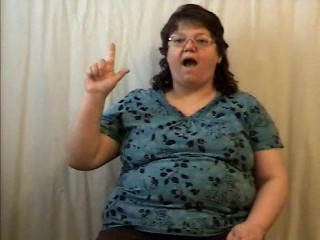
|
L Original Handshape (L) (15)l as in lead alveolar vocalic consonantal liquid continuant lateral voiced not aspirated middle central 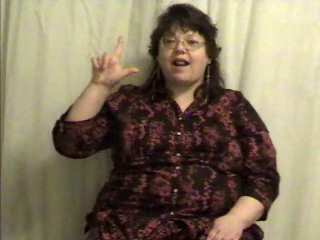
|
L Modified Handshape (I)_0001.jpg)
|
The fricative strident letters F, S-20, S-21, and SH below have similar handshapes
and are distinguishable only by mouthing.
F (6)f as in ferry labial fricative consonantal continuant voiceless not aspirated strident middle 
|
S with pinkie folded (20)s as in sue alveolar fricative consonantal continuant voiceless not aspirated strident middle central 
|
S (21)s as in sue alveolar fricative consonantal continuant voiceless not aspirated strident middle central 
|
SH (23)sh as in shoe palatal or post-alveolar fricative consonantal continuant voiceless not aspirated strident high central 
|
CH and H-10 letters have iconic handshapes that reflect the shape of their orthographic letters.
CH (4)ch as in chew palatal or post-alveolar affricate consonantal abrupt release voiceless aspirated strident middle central 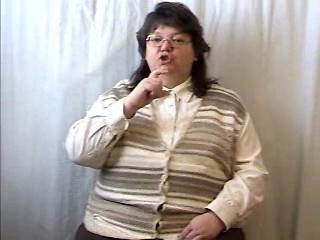
|
H (10)h as in hit glottal semi-vowel fricative glides continuant voiceless not aspirated low 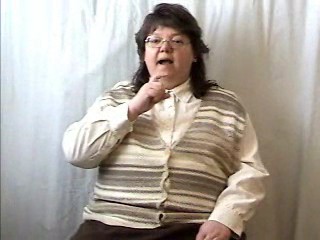
|
The D and Z-29 letters have similar handshapes that reflect the simialar shapes of their orthographic letters.
D (5)d as in die alveolar plosive consonantal abrupt release voiced not aspirated middle central 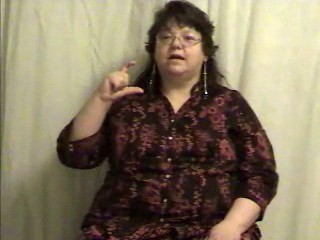
|
Z (29)z as in zoo alveolar fricative consonantal continuant voiced not aspirated strident middle central 
|
V and Z-30 have the same sign and are only distinguistable via mouthing.
J has a similar sign where the movement distinguishes it from V and Z-30.
V (26)v as in very labial fricative consonantal continuant voiced not aspirated strident middle 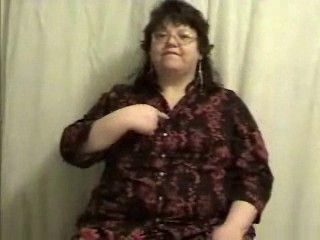
|
Z (30)z as in zoo alveolar fricative consonantal continuant voiced not aspirated strident middle central 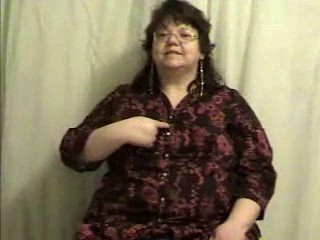
|
J with movement (12)j as in jury palatal consonantal abrupt release voiced not aspirated strident high central 
|
S-22 and Z-31 have similar handshapes and similar orthographic letters.
The touch on the chin or torso represents the dot in the Z-31 orthographic letter.
S that has no touch on the chin (22)s as in sue alveolar fricative consonantal continuant voiceless not aspirated strident middle central 
|
S without a chin touch sideways view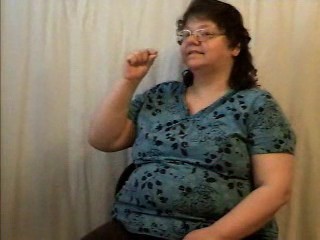
|
Z (Modified) (31)z as in zoo alveolar fricative consonantal continuant voiced not aspirated strident middle central 
|
Z (Original)
|
The T-25 and the Z-32 handshapes are the same and
iconically reflect the similarity of their orthographic letters.
T (25)t as in tie alveolar plosive consonantal abrupt release voiceless aspirated middle central 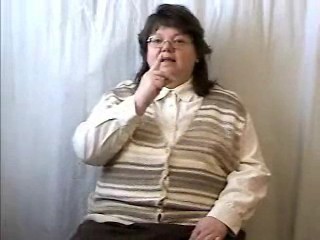
|
Z (32)z as in zoo alveolar fricative consonantal continuant voiced not aspirated strident middle central 
|
HE or A (2)ae as in bat glottal vowel plosive vocalic continuant voiced low front a as in cot glottal vowel vocalic continuant voiced low back 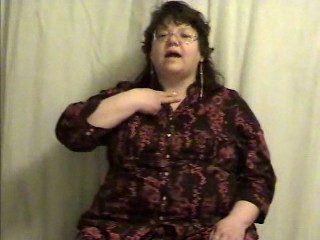
|
GH (8)gh velar fricative voiced 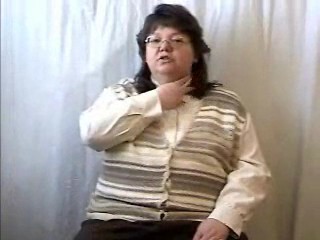
|
KH (14)kh velar fricative unvoiced 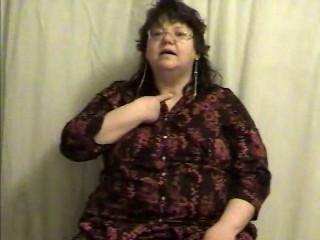
|
I with movement (33)i or ee as in beatvowel vocalic continuant voiced high front 

|
Y (28)y as in yet semi-vowel glides continuant voiced not aspirated high i or ee as in beat vowel vocalic continuant voiced high front 
|
The letters K, P, and TH have similar handshapes and are only distinguishable by mouthing.
K (13)k as in cap velar plosive consonantal abrupt release voiceless aspirated high back 
|
P (18)p as in pie labial plosive consonantal abrupt release voiceless aspirated middle 
|
TH (24)delta th as in either dental consonantal continuant voiced not aspirated middle central theta th as in ether dental consonantal continuant voiceless not aspirated middle central 
|
A (40)ae as in batvowel vocalic continuant voiced low front a as in cot vowel vocalic continuant voiced low back 
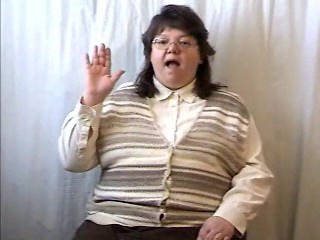
|
B (3)b as in buy labial plosive consonantal abrupt release voiced not aspirated middle 
|
The E sign is iconic with its lower orthographic letter.
E (35) (36)e as in baitvowel vocalic continuant voiced middle front 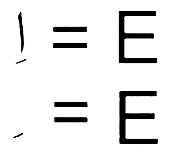

|
G with movement (7)g as in gap velar plosive consonantal abrupt release voiced not aspirated high back 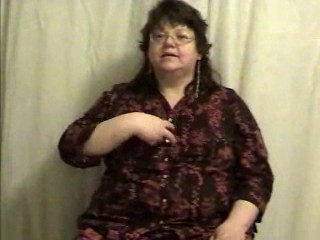
|
GH with fist (9)gh velar fricative voiced 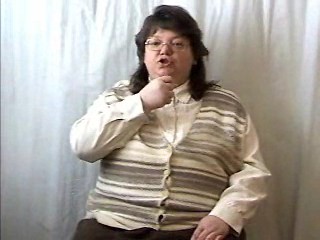
|
H with a vertical slash across the lips (11)h as in hit glottal semi-vowel fricative glides continuant voiceless not aspirated low 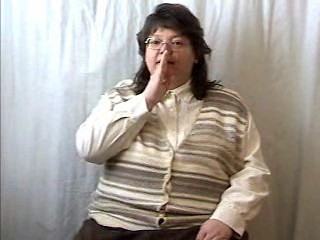
|
IE with movement (1)ae as in bat glottal vowel plosive vocalic continuant voiced low front a as in cot glottal vowel plosive vocalic continuant voiced low back The letter is traced in the air with the index finger. Remember, the signer traces it from her or her viewpoint. The onlooker sees the mirror version. 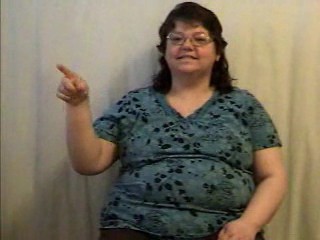
|
M (16)m as in might labial consonantal nasal abrupt release voiced not aspirated middle 
|
N (17)n as in night alveolar consonantal nasal abrupt release voiced not aspirated middle central NG as in sing velar consonantal nasal abrupt release voiced not aspirated high back 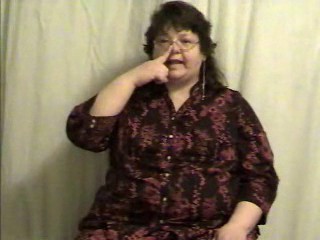
|
O (37)o as in boatvowel vocalic continuant voiced back round 

|
O or U (38)u or oo as in bootvowel vocalic continuant voiced high back round  or or

|
U (the name of the letter sounds like you or eeyoo) (34) or or
It is signed with a combination of Y and O-37. |
R with a tap or a trill and with movement (19)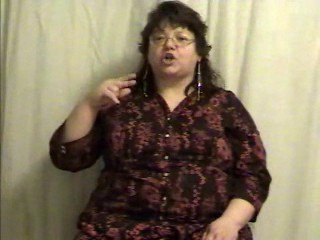
|
ZH (41)zh as in rouge palatal or post-alveolar fricative consonantal continuant voiced not aspirated strident high central 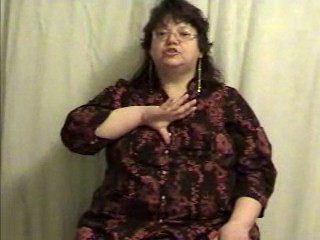
|
ReferencesFalk J.S. (1973). Linguistics and Language; A Survey of Basic Concepts and Applications. Lexington MA:Xerox College PublishingAger, S. (2012). Omniglot; Persian. Retrieved March 21, 2012 from http://www.omniglot.com/writing/persian.htm Wikipedia. (2012, February 10). Farsi Phonology Retrieved February 18, 2012 from http://en.wikipedia.org/wiki/Farsi_phonology Wikipedia. (2012, February 22). IPA (has audio clips for each character). Retrieved February 18, 2012 from http://en.wikipedia.org/wiki/Wikipedia:IPA. |